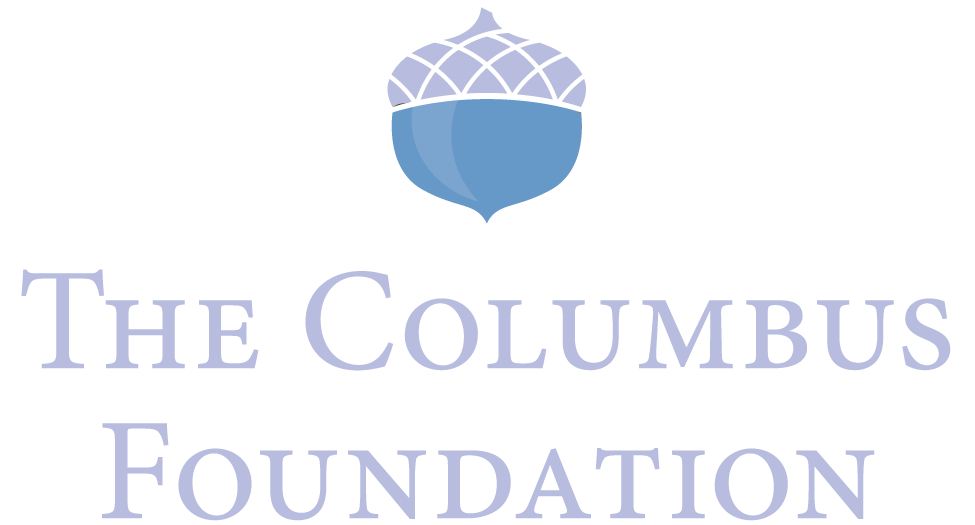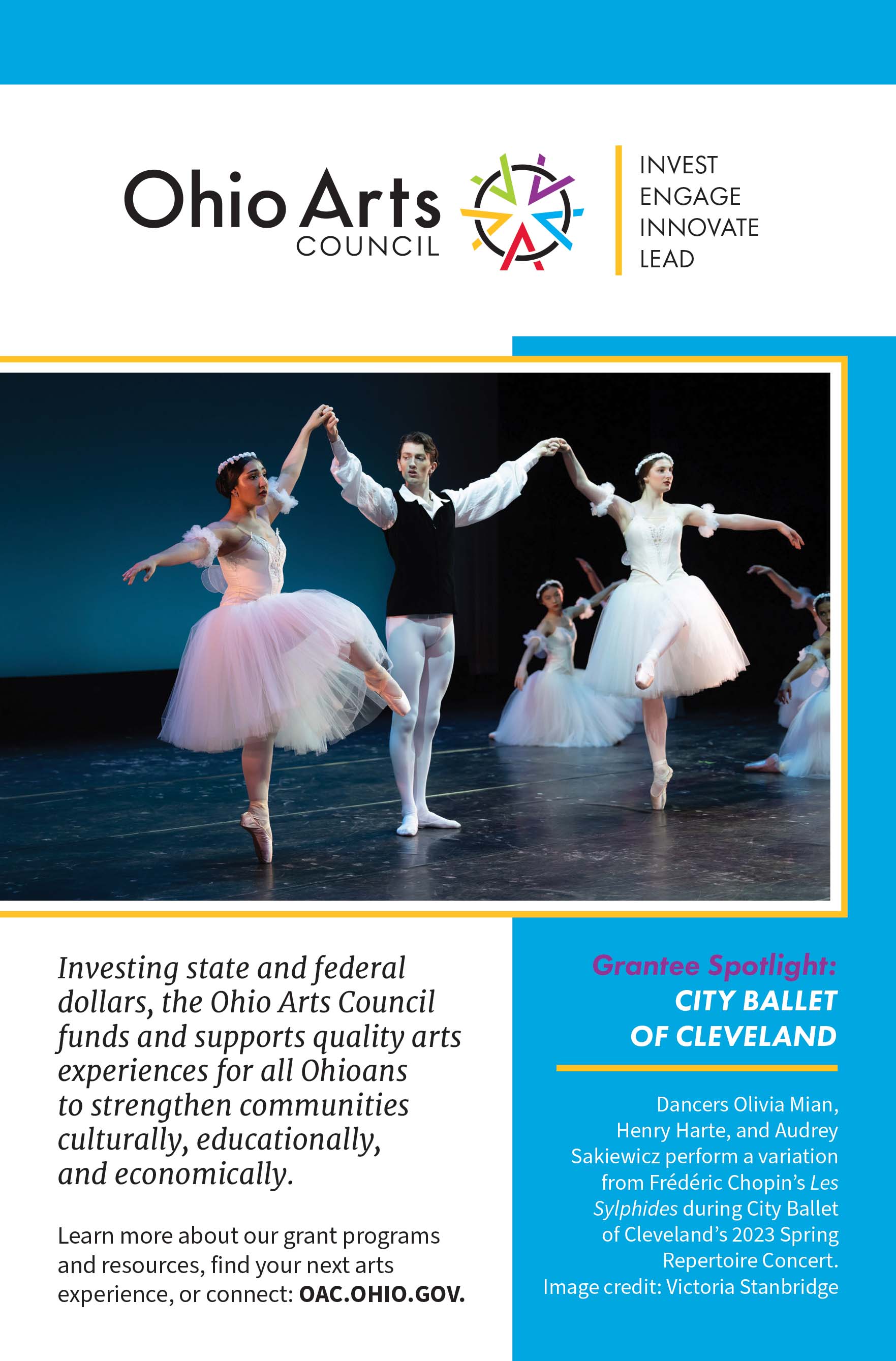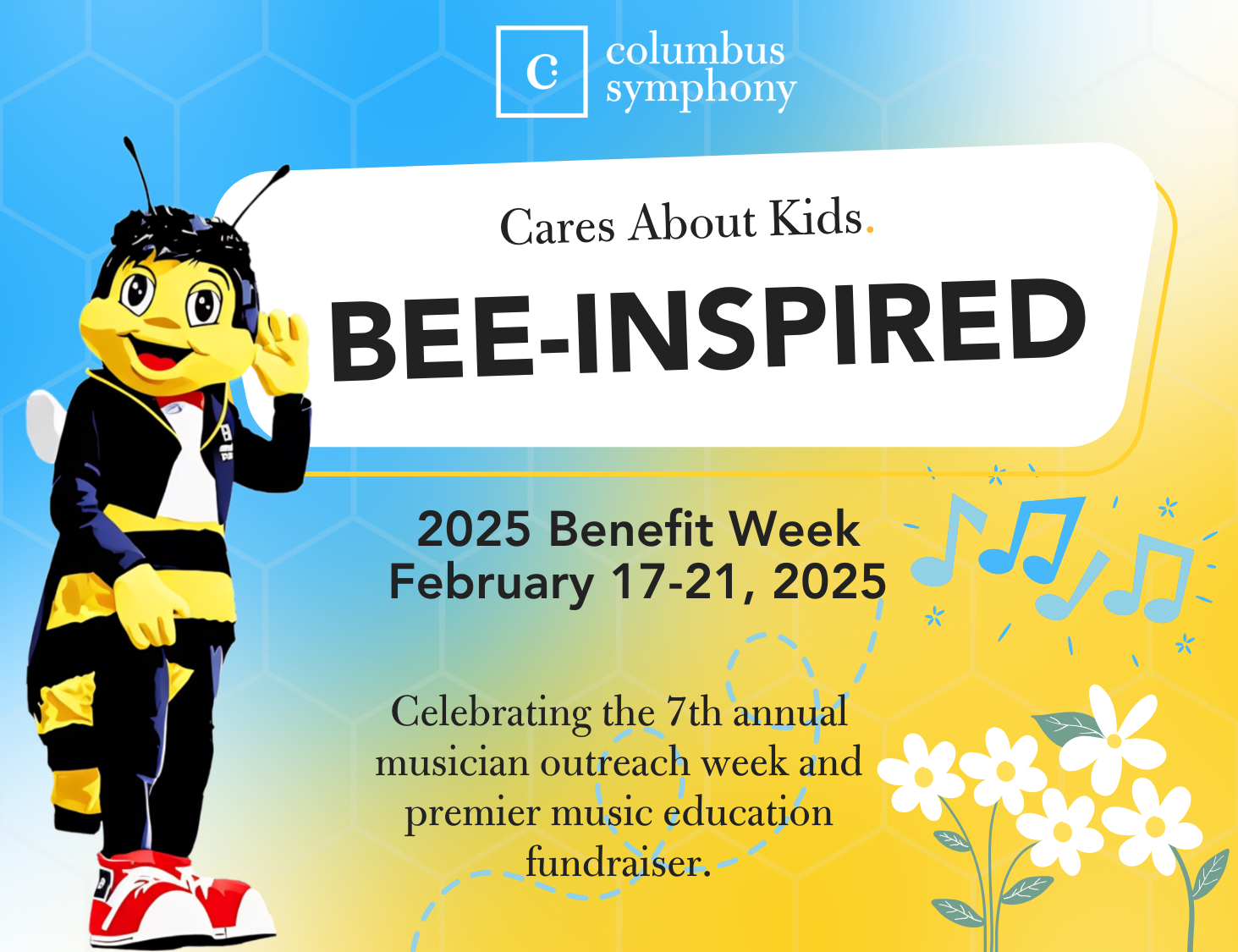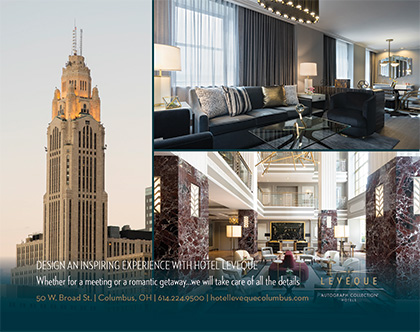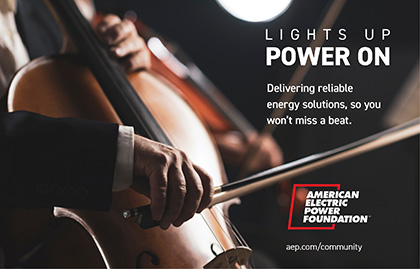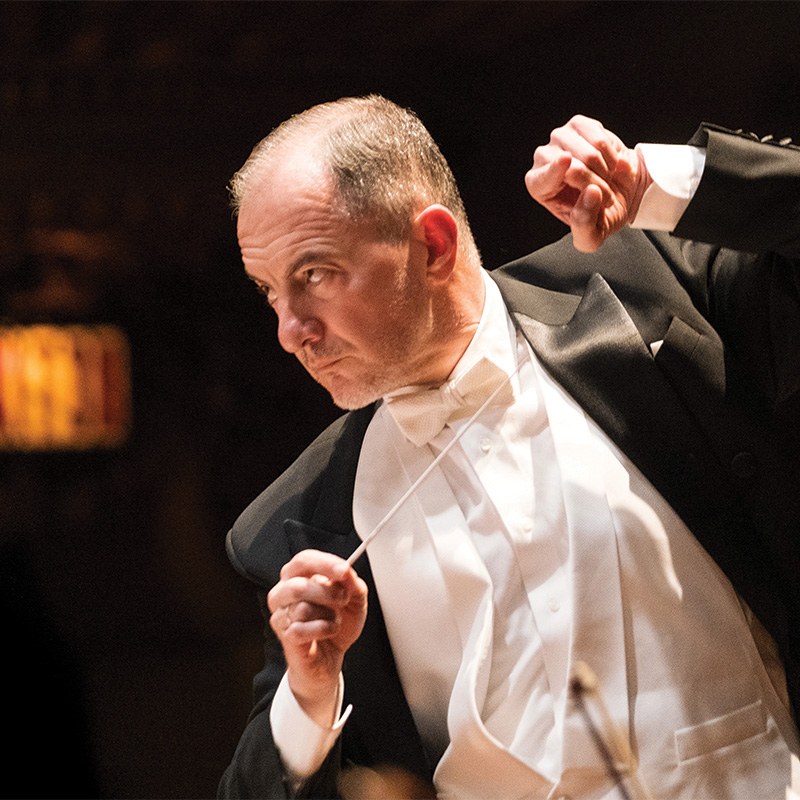

Friday, April 4, 2025 at 7:30PM
Saturday, April 5, 2025 at 7:30PM
Ohio Theatre
BACH & BRAHMS
MASTERWORKS 10
Rossen Milanov, conductor
Joanna Frankel, violin
Hugo Souza, oboe
• • • • • • • • • • • • • • • • • • • • • • • • • • • • • •
JOAN TOWER | Duets | |
J.S. BACH | Concerto for Oboe and Violin in C Minor Joanna Frankel, violin | |
--INTERMISSION-- | ||
JOHANNES BRAHMS | Symphony No 1. | |
Operating Support Generously Provided by


VIOLIN BASS FLUTE | OBOE CLARINET BASSOON HORN TRUMPET |
Duets (1994)
by Joan Tower
(b. New Rochelle, New York, 1938)
Joan Tower’s music abounds in emotions, but she doesn’t usually translate those emotions into words for her listener. The titles of her works rarely offer more than a hint at an image that may have been on her mind at the time of writing (Black Topaz, Sequoia, White Water). A title like Duets reveals even less: it calls attention to what may seem a mere technicality, namely that there are many moments in the piece where only a pair of instruments are playing: two cellos, two flutes, or two horns. Yet this is much more than a technicality, because the processes by which Tower makes these duets grow into full orchestral statements, including massive tutti climaxes, become the direct vehicles for the emotional expression that is at the core of the piece.
This 20-minute work is in a single movement, but, as the composer pointed out, it follows a general outline of slow-fast-slow-fast–like four movements in one. Tower works with a relatively small number of musical gestures which she presents in multiple variations. Out of a few simple melodic and rhythmic building blocks, she fashioned a complex and extremely eventful work, full of energy and color.
By the time Tower wrote Duets in response to a commission from the Los Angeles Chamber Orchestra and its music director Christof Perick, she had long been recognized as one of the most prominent American composers. She had recently received the prestigious Grawemeyer Award (1990) as the first-ever woman so honored; since then, her stature has only grown. Her album Made in America won three Grammy Awards in 2008. At 86, the indefatigable composer is still actively writing, as well as teaching at Bard College in upstate New York, where she has been on the faculty since 1972.
Concerto for Violin and Oboe in C minor, BWV 1060R [reconstruction]
by Johann Sebastian Bach
(Eisenach, 1685 - Leipzig, 1750)
In addition to his principal appointment as Thomaskantor in Leipzig, Bach moonlighted through much of the 1730s as music director of the city’s Collegium Musicum. For the concerts of the Collegium, he composed his concertos for one, two or three harpsichords (and even one for four, the latter a transcription of Vivaldi’s concerto for four violins). With a single exception, all of these works are arrangements of earlier concertos featuring violins or other instruments as soloists. Only in some cases have the original versions survived. The present concerto is the reworking of a double concerto for violin and oboe that has been lost but could be reconstructed from the transcription. It was first published in its putative original form around 1920; the most authoritative edition appeared fifty years later.
In the era of Mozart and Beethoven, the key of C minor was often used to express tragedy. That is not necessarily true for Bach; the present concerto is lively and full of energy. One of the recurrent motifs of the first movement, a pair of descending eighth-notes repeated in the manner of an echo, makes a downright playful effect (similar to the one found in the F-minor concerto for harpsichord). Many other rhythmic elements are also symmetrically repeated – a simplicity of design not often found in Bach’s works. Then, as if he had had enough of that simplicity, Bach added a bit of counterpoint at the final return of the main theme.
In the warmly melodic second-movement Adagio, the two solo instruments carry on a heartfelt dialog to the pizzicato (plucked) accompaniment of the strings. The last phrase of the movement is left open-ended: the music asks a question to which the third-movement Allegro is the answer. Joyful and virtuosic, it is a striking example of “monothematic” construction; this means that the solo episodes, instead of introducing new thematic material as expected, are all derived from the principal melody.
Symphony No. 1 in C minor (1876)
by Johannes Brahms
(Hamburg, 1833 - Vienna, 1897)
In his review of the Viennese premiere of Brahms’s First Symphony, the influential music critic Eduard Hanslick wrote: “Seldom, if ever, has the entire musical world awaited a composer’s first symphony with such tense anticipation.” And they had to wait for a long time, too.
Brahms’s plans to write a symphony had been known to his friends for at least 15 years. He had shown an excerpt of the projected work to Clara Schumann, the great pianist and Robert Schumann’s widow, as early as 1862. Six years later he sent her a postcard on which he inscribed the “alphorn” theme from what eventually became the symphony’s finale.
The most frequent explanation given for the slow composition process has to do with the paralyzing effect of the challenge Beethoven’s masterworks represented for Brahms. (“You have no idea how the likes of us feel when we hear the footsteps of a giant like him behind us,” he said in 1870.) Schumann had certainly not made things any easier by publicly proclaiming the 20-year-old Brahms the next great musical genius, putting even more pressure on the young composer. The Leipzig fiasco of Brahms’s First Piano Concerto in 1859 was a major setback.
It seems that Brahms was not the only composer who found it difficult to write symphonies in the 1860s. Schumann’s death in 1856 had left a major vacuum in the field; it was not until the ‘70s that a new German-speaking symphonist of the first order emerged in the person of Anton Bruckner, nine years Brahms’s senior, whose Second and Third Symphonies received their premieres within a year of Brahms’s First.
Brahms and Bruckner were greatly different artistic personalities, and as composers they were perceived as belonging to opposite camps. Yet one can feel in their music that they were of the same generation. The composers born around 1810, such as Schumann and Mendelssohn, lived in a progressive era that culminated in the 1848 revolutions. By contrast, the times of Brahms and Bruckner were an era of repression in both Germany and Austria. The once revolutionary Romantic spirit had gone middle-class (if it didn’t go proletarian), and the artists coming of age after the defeated revolutions lived in a world that seemed to have grown noticeably older. It was no longer possible to begin a symphony with the exuberance of Mendelssohn’s “Italian.” Nor could anyone re-create the famous transition from darkness to light in Beethoven’s Fifth as elegantly as Schumann had done in his Fourth. The flamboyance of the young Romantics had given way to a grave and brooding disposition in the post-1848 generation, whose relationship to the past became fraught with many problems, exemplified by Brahms’s “footsteps of the giant” anxiety.
The very first measure of Brahms’s First Symphony with its throbbing timpani strokes makes it clear that we are no longer in a world of Romantic dreams. This is tragic music of an intensity not heard since the days of Beethoven. Yet it is not simply a return to Beethoven’s tragic style. The latter’s Fifth Symphony, also written in C minor, opens with a highly excited Allegro. By contrast, Brahms’s opening, marked Un poco sostenuto (“somewhat held back”), derives its energy from its slow tempo and the arduous rise, mostly by half-steps, from C to B-flat in the violins, against the equally arduous descent from C to F in the woodwind. The two melodic lines are like a pair of scissors slowly opening, cutting down and then repeating the same procedure a second time.
Unlike the slow introductions of earlier composers, this one is less a preparation for what follows than an integral part of the drama: it melts seamlessly into the main Allegro section with which it shares all its important melodic material. There is not even a temporary relief from tragedy here: while other sonata movements in C minor gravitate toward E-flat major, Brahms modulates into E-flat minor; in other words, he stays in the dark minor mode for the entire movement.
In the second-movement Andante sostenuto (in the key of E major, extremely remote from C minor), the tension subsides at last. The strings play an intimately lyrical melody, taken over by the solo oboe. After a more agitated middle section, the first melody returns. The part that was first played by the oboe is now given to a solo violin (the only violin solo in the four Brahms symphonies).
For his third movement, Brahms didn’t write a Scherzo (a playful fast movement) as was usual at the time, but rather a short lyrical intermezzo in A-flat major (closer to the main key of C minor). The woodwind instruments play some gentle solo melodies, accompanied by pizzicato (plucked) strings. Like most Scherzos, this intermezzo also has a central section called “Trio,” again in a distant key (B major); this is more rhythmical and at one point reaches fortissimo volume, just before the lyrical theme returns in varied form.
The last movement opens with an extended Adagio introduction that brings back the tragic C-minor world of the opening, but soon moves to bright C major. This introduction incorporates the melody, played by the horn, that Brahms had sent to Clara Schumann in 1868, accompanied by the words: Hoch auf’m Berg, tief im Tal, grüss’ ich Dich viel tausendmal (“High on the mountain, deep in the valley, I send you many thousand greetings”). The horn call is expanded as other instruments join in. Four measures of solemn chorale music, played softly by the brass, are heard as in passing.
Finally, the joyful C-major Allegro begins.Some parts of its theme are clearly reminiscent of the “Ode to Joy” melody in Beethoven’s Ninth. When this was pointed out to Brahms, he retorted gruffly: “Any jackass can see that.” And in fact, the similarity is not crucial here, for Brahms had made themes of this kind thoroughly his own as early as the opening of his First Piano Trio (Op. 8) in 1858. The movement is in regular sonata form, but once again, the slow introduction is completely integrated into it. The horn-call theme from the Adagio unexpectedly returns in the recapitulation. And out of that almost forgotten brass-chorale episode, Brahms fashioned the jubilant conclusion of his symphony.
Notes by Peter Laki
